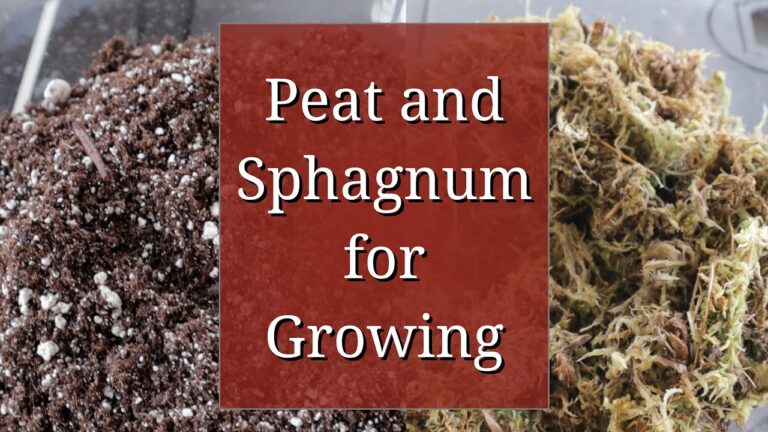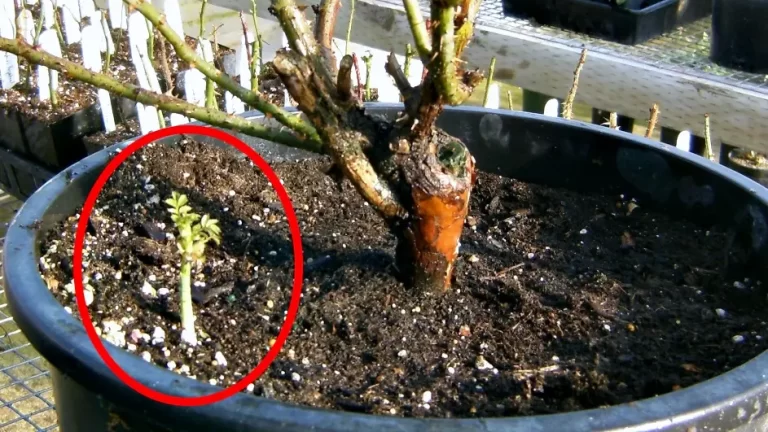Jason from Fraser Valley Rose Farm and Kimberley from the Rose Geek YouTube channel recently sat down to dissect some common rose care advice—ranging from age-old gardening practices to contested modern techniques. Their discussion brought unique insights, grounded in their extensive experiences with roses, and offered a nuanced perspective on how gardeners can interpret and apply these tips in their own gardens.
This article explores the highlights of their conversation, focusing on key practices, myths, and regional variations in rose care.
To Mulch or Not to Mulch?
One topic that sparked a lively discussion was whether roses prefer bare soil over mulching, as is sometimes suggested. Jason shared a claim attributed to Kordes Roses, which discourages mulching based on concerns about nitrogen loss and reduced oxygen flow to the soil. However, both he and Kimberley found these reasons lacking scientific support.
Kimberley, gardening in Maryland (Zone 7B), explained how mulching is essential in her high-humidity, clay-soil conditions to manage weeds and retain soil moisture. She observed that skipping mulch for a season made gardening significantly harder.
Jason added that mulch offers undeniable benefits, such as regulating soil temperature, retaining moisture, and adding organic matter as it decomposes. Together, they agreed that mulching is situational: while it might not be necessary in all climates or soil types, it is invaluable in gardens prone to weeds or extreme weather.
The Bare Root Soak Debate
Gardeners are often advised to soak bare root roses before planting, with recommendations ranging from one hour to several days. Kimberley described her standard practice of soaking roses for 24 hours—a habit rooted in her early gardening days, with consistently good results.
However, she cautioned against over-soaking, sharing an experiment where roses left in water for two weeks struggled to transition to soil and ultimately died. Jason echoed her concerns, emphasizing that prolonged soaking can deprive plant tissues of oxygen, leading to damage.
Their conclusion? A 24-hour soak is reasonable and effective, especially for roses that arrive looking dry or parched. However, well-hydrated bare root roses can often be planted immediately without any issues.
Pruning on a 45-Degree Angle
The notion of cutting rose stems at a precise 45-degree angle has been passed down through generations, but does it hold up? Kimberley dismissed it as impractical, noting that natural pruning angles suffice and that angled cuts haven’t prevented rot in her experience.
Jason supported her view, pointing out that slanted cuts increase the surface area exposed to potential pathogens. He emphasized that a simple, clean cut—at any angle—works just as well, removing an unnecessary complication for gardeners.
Pruning Sealers: Helpful or Hype?
Pruning sealers, often applied to protect cut stems from pests or rot, divided opinion. Kimberley uses them regularly, believing they deter opportunistic insects like cane borers in her garden. Jason, however, highlighted research showing that sealers can hinder healing in plants like trees and questioned their effectiveness against cane borers.
He explained that the most damaging cane borers don’t rely on pruning cuts, instead laying eggs directly on undamaged plant tissue. While pruning sealers may deter some opportunistic pests, Jason argued that they are unlikely to prevent significant infestations. Ultimately, both agreed that gardeners should decide based on their local conditions and results.
Crown Placement: Above, Below, or Level?
The placement of the rose crown during planting sparked another nuanced discussion. Kimberley shared her preference for keeping crowns slightly above ground in milder areas of her garden, making it easier to monitor for suckers. However, in exposed or windy spots, she buries crowns deeper to protect them from winter damage.
Jason agreed, noting that crown depth often depends on climate. While milder climates allow crowns to remain at soil level, gardeners in colder regions might need to bury them deeper to safeguard against freezing. Both emphasized that individual gardens and climates ultimately dictate the best approach.
Epsom Salts: Miracle Cure or Misstep?
The practice of adding Epsom salts to roses for magnesium supplementation was met with skepticism. Kimberley avoids routine applications, preferring to rely on compost and soil tests to determine specific nutrient needs. Jason echoed this sentiment, warning that unnecessary magnesium can disrupt the soil’s nutrient balance and potentially cause problems like calcium deficiency.
Their shared advice: Test your soil before adding amendments, and focus on balanced, organic fertilizers to meet your plants’ needs.
Compost Tea: Worth the Effort?
Compost tea, a liquid extract made from compost or manure, is often touted as a cure-all for pests and diseases. Kimberley admitted she hadn’t tried it, citing the labor-intensive preparation process, and instead relies on compost itself to enrich her soil.
Jason agreed, pointing out that evidence supporting compost tea’s disease-fighting properties is inconsistent. Both recommended applying compost directly to the soil and letting rain or irrigation create a natural “tea” over time.
Final Thoughts: Practical Gardening Over Perfection
Throughout the discussion, Jason and Kimberley emphasized the importance of tailoring practices to individual gardens and climates. They encouraged gardeners to question traditional advice, test techniques in their own spaces, and prioritize practical, science-backed methods over unproven folklore.
For more insights on rose care, including specific recommendations from suppliers and planting advice, Jason and Kimberley invite readers to explore further on their respective YouTube channels, Fraser Valley Rose Farm and The Rose Geek. Together, their expertise offers a balanced perspective that empowers gardeners to make informed decisions in their rose care journey.





